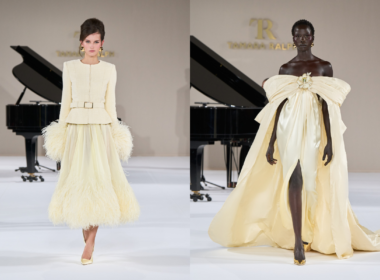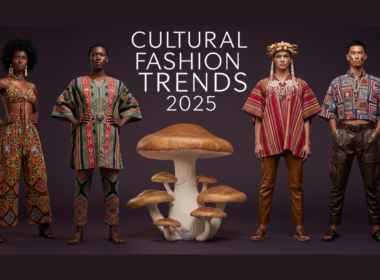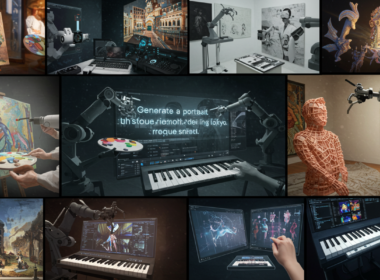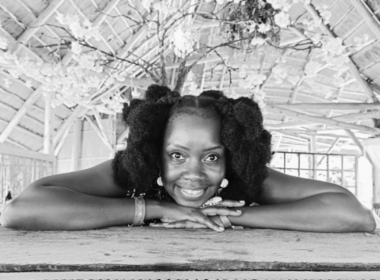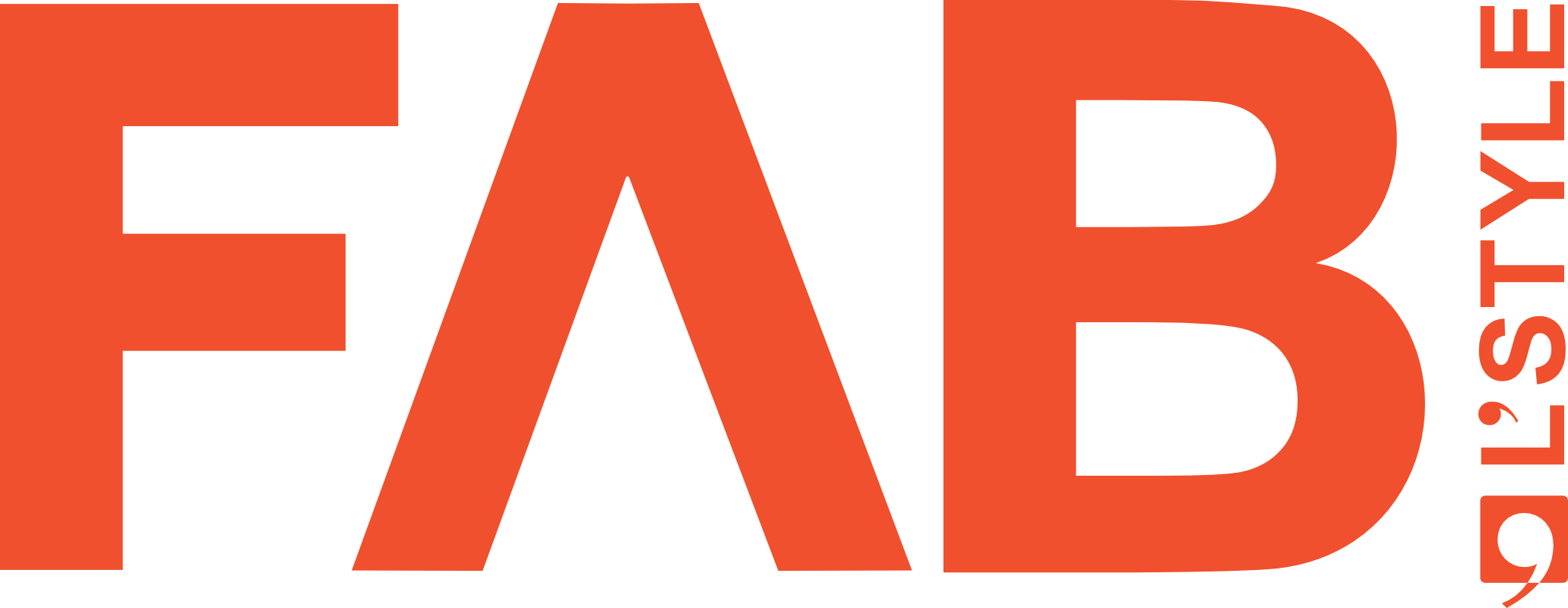Artificial Intelligence is now an artist. Not just in the “look what my printer spat out” kind of way, but in a “winning art prizes and starting creative debates on Twitter, sorry X” kind of way. AI isn’t just generating playlists or suggesting captions anymore. It’s painting, sculpting, designing, and even writing poems that are low-key not bad.
Walk into a gallery in 2025. You see a hauntingly beautiful painting of a dystopian city skyline bathed in golden light. You admire the precision, the emotion, and the way the brush strokes feel like whispered secrets. Then you check the artist’s name. It says ‘Midjourney v7.2. No last name. No tortured genius. Just code. A plot twist that no one saw coming. Or maybe we did.
AI vs. Human Creativity: Who’s Leading the Art Scene?
Now the real question is, can AI actually create art? Or is it just remixing what it’s already been fed? And more importantly, can it ever outshine the chaotic brilliance of the human brain? Let’s unpack the drama.
The Rise of Machine Muses

Over the past three years, tools like DALL·E, Midjourney, Runway, and ChatGPT have exploded into the mainstream. With just a few typed prompts, anyone can produce music, design fashion, write short stories, or create digital art that looks like it belongs in MoMA.
AI doesn’t sleep. It doesn’t get creative blocks. It doesn’t demand coffee breaks or existential validation. It absorbs billions of data points, mashes them together, and outputs something… pretty impressive. This makes AI a powerful collaborator, especially for creatives working under pressure or with limited resources.
Fashion houses are already using AI to generate new prints. Architects are feeding site data into programs to visualize futuristic buildings. Musicians are composing albums with help from algorithms. The lines are blurring. Fast.
But Can It Feel?
Here’s where the humans fight back. AI might be fast. It might be clean. But it doesn’t feel. It can mimic heartbreak, but it doesn’t know what it’s like to sit on a floor at 2 a.m. writing lyrics with mascara running down its face. It doesn’t dream. It doesn’t rebel. It doesn’t fall in love with an idea so hard that it forgets to eat lunch.
Why Collectors Still Value Human Emotion in Art

Art is more than a product. It’s a process. It’s the messy, irrational, deeply emotional stuff that makes us human. And as much as AI can imitate that, it cannot replace it. At least, not yet.
When we look at Basquiat or Frida or Kendrick or Chimamanda, we don’t just see talent. We see context. We see lived experiences that formed the work. AI doesn’t have a childhood or culture or memories. It has data.
Recommended For You
Personalized Nutrition: How AI Is Creating Diets for Your DNA
Consumers Are Watching Closely
In the marketplace, this battle gets personal. Buyers and collectors are starting to ask: do we value the human story, or are we paying for the final product alone?
Some are loving AI-generated art. It’s fast, customizable, and often cheaper. Others want the sweat, the soul, the person behind the piece. In 2025, owning a human-made artwork has started to feel like owning a vintage vinyl. There’s something real about it. Something alive.
Gen Z and Millennials, in particular, are driving this conversation. They want authenticity but also innovation. They follow AI artists on Instagram, but still line up for handmade zines at art fairs. The tension is real, and it’s evolving fast. Never miss a beat in fashion, arts, beauty, and lifestyle, follow FAB L’Style Magazine.
So Who’s Leading Right Now?

The scoreboard is… tied. AI is leading in speed, accessibility, and pushing boundaries of what’s possible. Humans are leading in storytelling, originality, and emotional depth. The future probably belongs to both.
The smartest artists are already using AI as a tool, not a threat. They feed their work into AI to see it reinterpreted. They use it to experiment, to break blocks, and to extend their vision. AI is not the enemy. It’s the new paintbrush. But the soul? That still belongs to the artist.
Assignment for you: the next time you see an artwork that stops you in your tracks, ask yourself, is it the creation or the creator that moved you? Either way, welcome to the new age of creativity.
